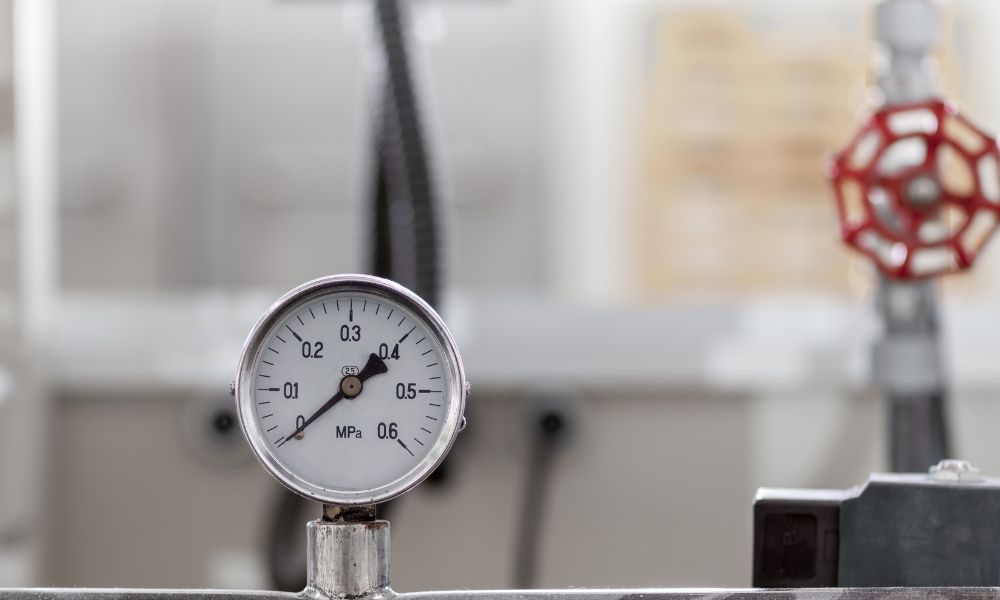Designing, manufacturing, and repairing objects requiring linear motion control requires the use of screws for proper movement. When choosing the right one for the job, it’s essential to understand how each type of screw works. In this article, we’ll discuss how to know when to choose a ball screw or a lead screw, depending on the application.
It’s All About the Application
Different applications of linear motion require one or the other: ball screw or lead screw. Let’s start with the ball screw and look at common applications for it.
Ball Screw Applications
Applications requiring high speeds for prolonged and continuous movement are well suited for a ball screw. Because of the way a ball screw is designed, they create little to no friction, run smoothly, and generate no heat, making them an excellent choice for fast, continuous motion.
Equipment and machinery in aircraft and missile production and the automotive industry commonly use ball screws.
Lead Screw Applications
You’ll find lead screws used in applications requiring precision and maintenance-free operations. You’ll find some examples in laboratories, such as scanning equipment and devices that handle fluids. You can also find lead screws in a vice, engraving machine, or heavy lifting applications. Choose lead screws when speed and accuracy aren’t critical.
The Pros and Cons of a Lead Screw
Let’s look at the pros and cons of using lead screws. We’ll start with the pros:
- Good for vertical applications
- Inexpensive
- Self-locking
- No braking system needed
Next, let’s go over the cons of lead screws:
- Less efficient
- Require greater torque
- Run hot
- Higher friction
- Low-speed applications
- Short cycle times
The Pros and Cons of a Ball Screw
The following is a list of the pros and cons of ball screws. Let’s begin with the pros:
- Less torque
- Efficient
- Infrequent replacement
- Low friction
- Cooler temperature
Ball screws have a few cons as well:
- Require lubrication
- Require braking system
- Not suited for vertical application
- Expensive
- Noisy
Now that we’ve discussed how to know when to choose a ball screw or a lead screw, as you weigh all options, pros, and cons, it becomes easier to decide. When continuous use at high speeds is needed, the ball screw is best because of the ball bearing design. However, when high speeds and prolonged use aren’t necessary, the less expensive choice is the lead screw.






